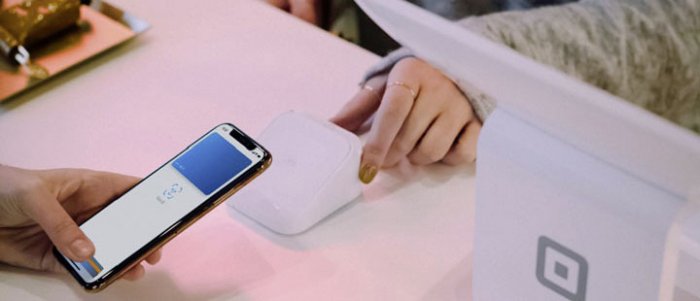Telecommunications operators have built the success of mobile money on a set of differentiating assets. For a long time, they enjoyed exclusive access to these resources. Other players could neither replicate nor buy them, which effectively shut them out of the mobile money market or considerably reduced their chances of success. Such assets included agent networks and USSD interfaces, which were robust barriers to entry.
Innovative technologies, changes in market conditions and new regulations have significantly weakened these barriers.
Mobile Internet usage is generally low in the prime mobile money markets. In most markets, the majority of mobile money transactions are still made via USSD (see insert).
Historically, mobile telephone operators have enjoyed monopolistic access to USSD. They can grant user rights to third parties while retaining full control and, in general, setting access prices.
Furthermore, any company that wishes to provide its customers with a USSD application must establish partnerships with every telecommunications operator so that it can be used on any mobile network.
This monopoly is now threatened. In Kenya, Equity Bank was licensed as an MVNO (Mobile Virtual Network Operator) in 2014. Thanks to this MVNO, which operates under the name Equitel, the bank has its own USSD channel.
In April 2018, Senegal's telecommunications and postal regulator (l’Autorité de Régulation des Télécommunications et des Postes) liberalised access to USSD codes, thus providing value-added service providers with agnostic (multi-operator) access to the USSD channel.
Will USSD soon be replaced by mobile applications?
The main threat to USSD usage is the widespread adoption of mobile Internet services and smartphones. The GSMA predicts that smartphones will account for two out of three mobile connections in Sub-Saharan Africa by 2025, and that mobile broadband will account for nearly 90% of these connections1.
This would probably lead to users abandoning USSD in favour of mobile applications that offer a better user experience and a wider range of functionalities. In China, for example, where mobile Internet usage has spread fast, the majority of payments are made via mobile applications.
Thanks to QR (Quick Response) code technology, these have increased merchant payment usage. In Sub-Saharan Africa, some innovative players are now offering mobile financial services only. An example is the mobile payment service, Wallet, in Nigeria.
Agent banking: when banks imitate the mobile money distribution model
The agent network is a key asset in the mobile money operating model. Some analysts would even argue that it is the main “brick” in the model, as it plays a critical role in deposit and withdrawal transactions.
In addition, it gives mobile money services a decisive competitive advantage: the physical proximity of the agents, their flexible hours and the short waiting time at service points make them far more attractive than traditional financial services.
Now, although agent networks have generally been considered hard to replicate, some players besides telecommunications operators have succeeded in setting them up. Thus, banks in several countries have created their own networks of independent agents.
Under this model, which is known as agent banking, Cooperative Bank deployed over 11,000 agents in Kenya in early 2017. At the same time, Equity Bank said it deployed more than 25,000. In West Africa, Société Générale plans to hire 8,000 agents by 2020 to support the development of its mobile money service Yup.
Mobile Internet usage, a gateway for new players
Telecommunications operators have drawn on their large customer bases to develop the usage and take-up of mobile money services. They have recruited most of their users from their mobile customer base, taking advantage of huge “fleet effects”.
Their direct access to these customer bases has given them a considerable advantage over other financial service providers.
Nonetheless, other digital players now have substantial user bases in countries where mobile money is flourishing. For example, Facebook has over 4 million users in Ivoiry Coast, over 5 million users in Ghana and nearly 20 million users in Nigeria1.
At the same time, customer data is no longer the sole preserve of operators. In the past, they had exclusive access to large user data repositories.
The rise in Internet usage has enabled other players to collect large volumes of such data.
Social media platforms will probably know exactly how to make the most of the opportunity. But other players, such as Tala in Kenya, will also be able to access large amounts of data stored in users’ mobile phones or saved from their browsing history.
This may be a major source of inspiration for mobile money operators as they work on updating their models, as well as an opportunity to develop strategic partnerships.
1 GSMA, The Mobile Economy Sub Saharan Africa 2018.
2 We are social, Digital in 2018 in West Africa.
What is USSD?
USSD (Unstructured Supplementary Service Data) is a mobile telecommunications protocol for sending and receiving data.
It works with even the simplest of mobile phones (99% of telephones are compatible). All users have to do is enter a code (such as #000#) to access a list of textual options and therefore services.
Because operators have exclusive access to USSD, they have always been on the front line of developing mobile money usage.




